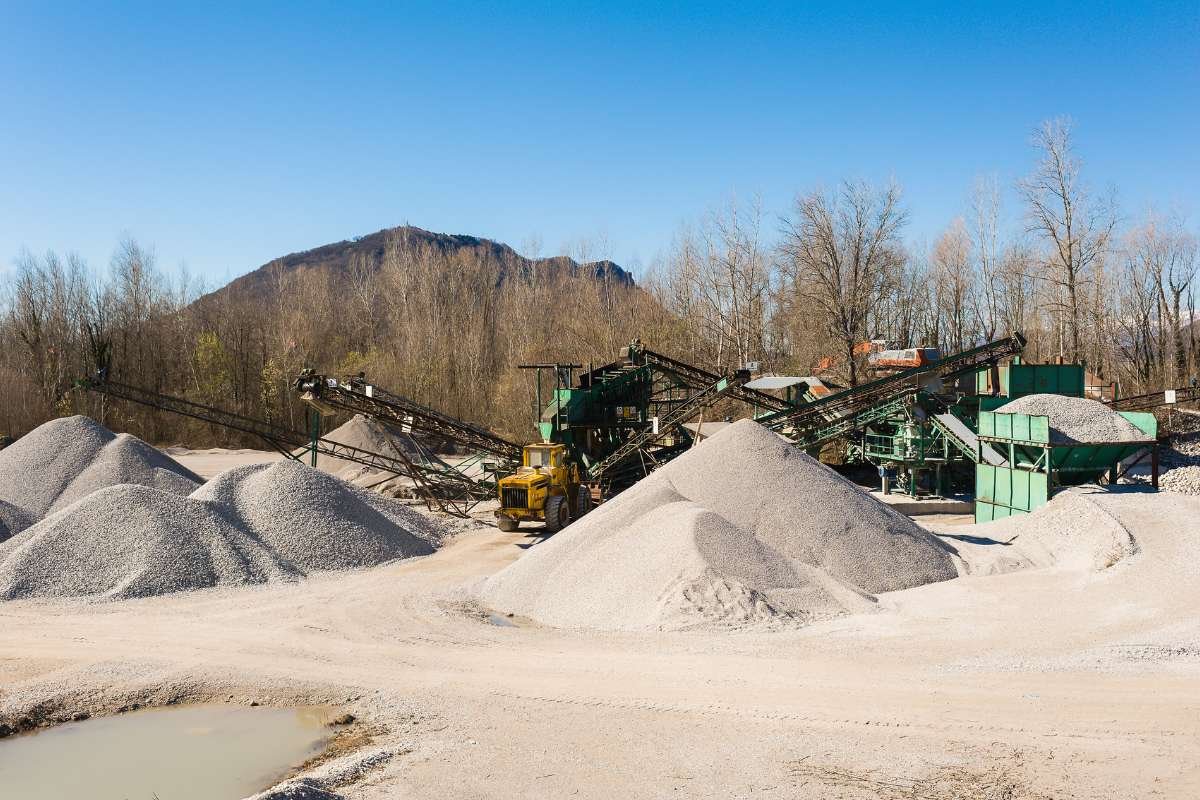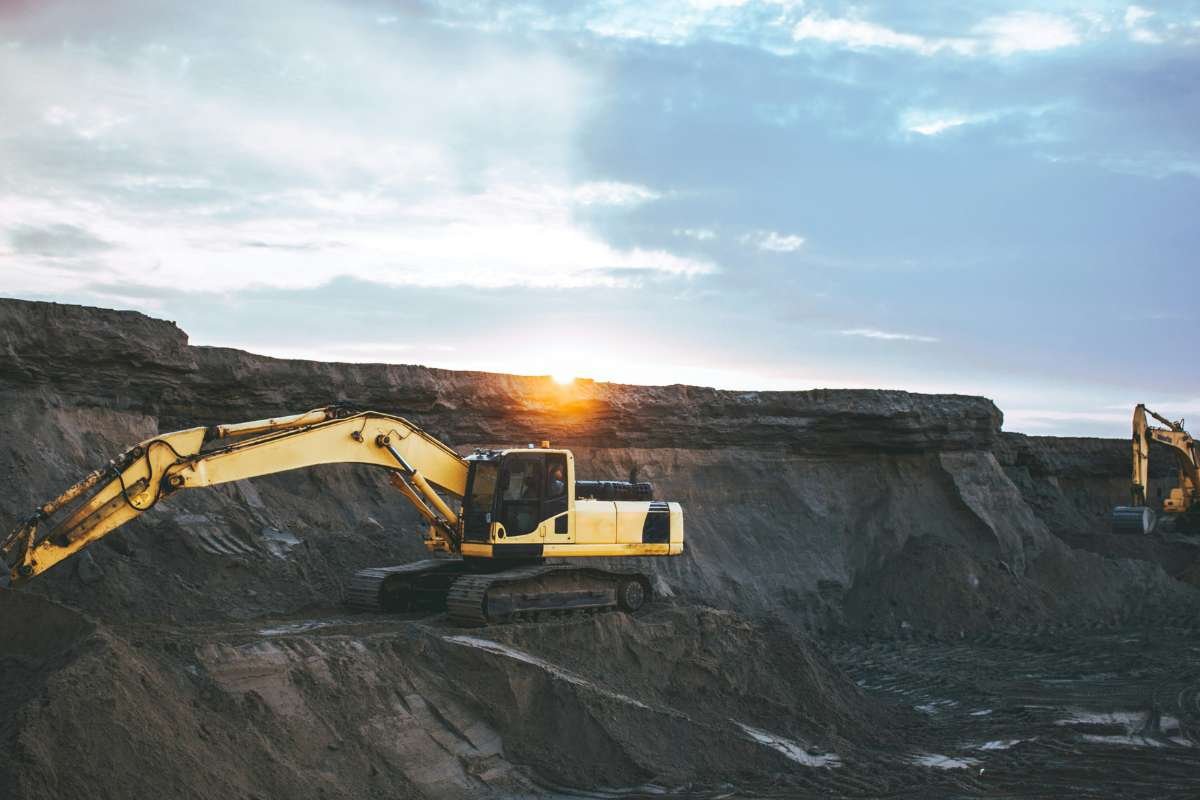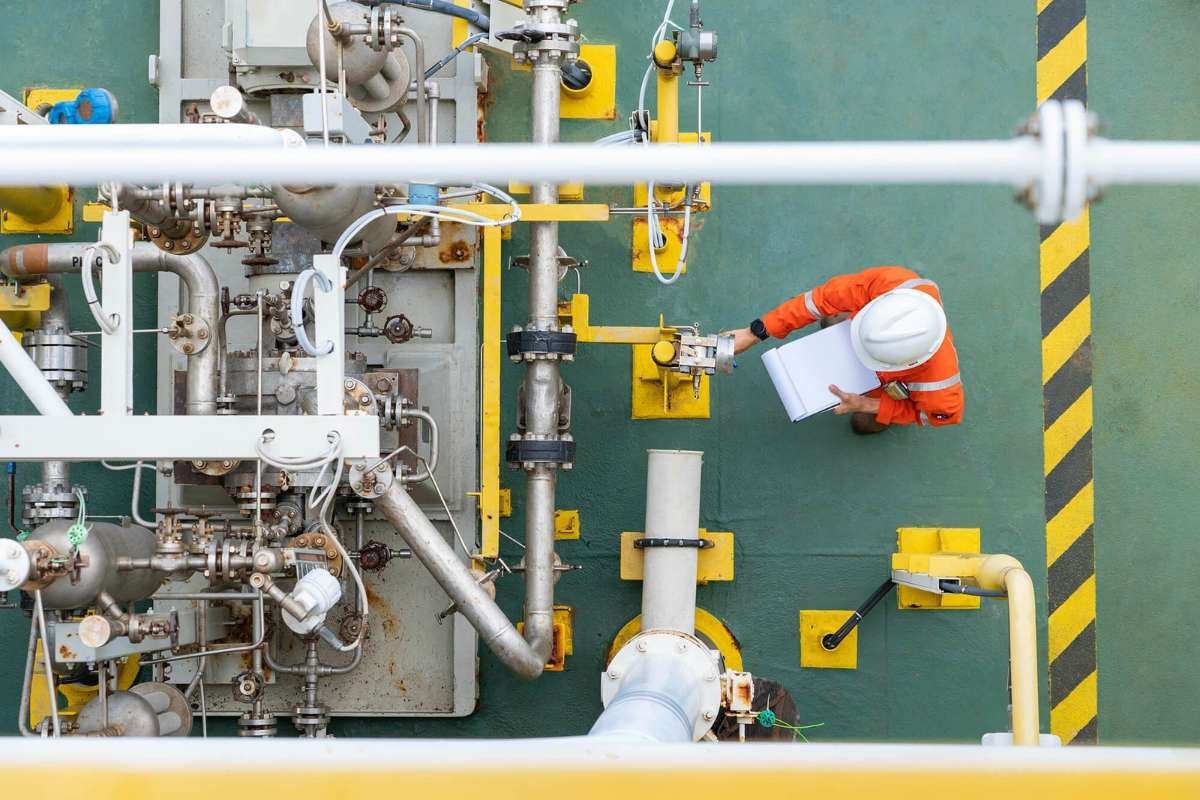Thanks for taking the time to read this article. You won’t regret it! How do I know that? As an expert with decades of experience optimizing warehouse operations, I’ve learned a few secrets to success in our industry. One is the power of choosing the right forklifts for your needs. Sounds hard, I know. But believe me—if the other thousands of businesses we’ve partnered with can do it, so can you!
Every year, groundbreaking technological advancements coupled with new models seem to leave buyers asking themselves: Is it time to invest in my first or another forklift for my operation? With the growing popularity of electric models, many are specifically wondering if they should look for an electric forklift for sale. Unfortunately, the answer to that question isn’t a hard yes or no, but my hope is that this article provides some wisdom to assist with your purchasing decision. Specifically, I want to share how choosing the right forklifts can bring your business the productivity and profits it’s been working for.
Forklifts eliminate minutes, if not hours, in your operation. Whether you’re working in a small warehouse with narrow aisles or a large open space with racking sky-high – utilizing a forklift to optimize speed is a MUST in today’s fast-paced merchandising industry. Choosing the right forklifts translates to:
- fewer bottlenecks
- happier, less tired worker
- and, of course, increased production output.
How Forklifts Can Streamline Raw Material Flow

A smooth-running warehouse hinges on a well-oiled raw material flow system. Forklifts are the secret weapon for achieving this, transforming every stage of the process from receiving to internal transport.
Rapid Receiving and Unloading
The difference between manual unloading and using a forklift is obvious when you crunch the numbers and see the stats. For example, studies by the Manufacturing & Technology Research Institute show that a skilled forklift operator can unload a truck containing 40 pallets in under 30 minutes, whereas a manual crew might take an hour or more for the same job.
That’s a productivity increase of over 200%, freeing up valuable time for other crucial tasks. What’s more exciting is that when you get granular – and compare different types of forklifts and their respective pros and cons, you really start to see amazing results! Choosing the right forklifts that fits your needs boosts productivity and has the power to transform your entire operations.
So here are some key differences between an electric and propane forklift. Before you buy, really consider these differences and reach out to us for a more detailed comparison and breakdown, especially if you’re a first-time buyer. There are so many forklift types and models these days, all with their own strengths and weaknesses; we want to make sure you’re getting the ones that best fit your needs!
Electric vs. Propane Forklifts: Choosing a Clean Machine for the Right Job
- Electric Forklifts:
- Emissions-Free: Ideal for indoor environments where air quality is a concern.
- Lower Maintenance: Electric forklifts require less routine maintenance compared to propane models.
- Quieter Operation: Creates a more pleasant work environment.
- Propane Forklifts:
- Powerful: Better suited for heavy-duty applications and outdoor use.
- Faster Refueling: Propane tanks can be refilled quickly, minimizing downtime.
- Wider Range: Propane forklifts tend to have a wider range of lifting capacities compared to electric models.
Variety is Key: Choosing the Right Forklifts for Every Job

Not all forklifts are created equal (as I briefly went into previously in my analysis of electric vs propane forklifts). These days, there are specific kinds and model types built to handle even the most niche material-handling tasks. Here is a comprehensive chart outlining the key differences between the kinds of forklifts you’re most likely considering purchasing.
Note: Within these 8 families of forklifts listed below, you’ll find even more variation and specs once you start comparing models and brands. So, if all of this feels overwhelming, don’t hesitate to reach out to our team. We pride ourselves on our ability to provide one-on-one expert guidance and support—from point of purchase to your next forklift service!
FORKLIFT COMPARISON CHART


Here is a chart that compares forklifts among different brands

By choosing the right forklifts for the specific task, you can ensure maximum efficiency and safety throughout your entire operation.
Minimizing Production Delays
Just like a forklift, your operation should be a finely tuned machine. Any seasoned warehouse professional knows that a single missing person or equipment item can disrupt the entire process and create long periods of costly downtime. Studies by the MHI (Material Handling Industry) reveal that production stoppages due to material handling inefficiencies can cost manufacturers an average of $260,000 per hour. This translates to a staggering $2.08 million per day for a single production line if a critical component is MIA.
Fortunately, a well-maintained forklift fleet can prevent such incidents. How? Good question: they’re great at optimizing on time, so if off time occurs, you have the freedom to fix an issue and get things moving again without eating into your bottom line.
Imagine an automotive assembly line that requires a specific engine block every 15 minutes to maintain production speed. Without a forklift, a line worker might take an average of 5 minutes to manually locate and retrieve the engine block from a designated storage area. This translates to a 10-minute buffer window needed to account for potential delays in finding the component. However, this buffer isn’t foolproof. Unexpected issues or longer search times can easily disrupt the flow.
Now, consider the same scenario with a forklift in play. A skilled forklift operator can locate and retrieve the engine block within 2 minutes, leaving a comfortable 13-minute buffer window. This seemingly small difference is crucial. It allows for minor fluctuations without impacting the production line’s overall speed.
Just-in-Time (JIT) Manufacturing: A Forklift-Powered Approach
I’m saving the best for last, and that’s the Just-in-Time (JIT) manufacturing philosophy. If you haven’t heard of this concept, then great! I’m glad you’re getting to know it now. In short – the idea is that your operation minimizes waste and maximizes efficiency throughout the production process by receiving materials exactly when they’re needed for production, thus eliminating the need for excessive storage and inventory holding costs. This school of thought offers significant real-world benefits such as:
- Reduced Inventory Carrying Costs
- Improved Cash Flow
- Enhanced Lead Times
- Space Optimization
- Reduced Labor Costs
I know these bullet points sound nice. But if you’re not completely sold by them and frantically googling all there is to know about JIT, then let’s look at the benefits of this philosophy in action.
In conclusion, forklifts are more than just material handling machines; they’re powerful tools for optimizing production cycles, streamlining raw material flow, maximizing space, and mastering your inventory. By choosing the right forklifts for your specific needs and integrating them with a robust WMS, you can unlock a new level of efficiency and productivity in your warehouse.


















